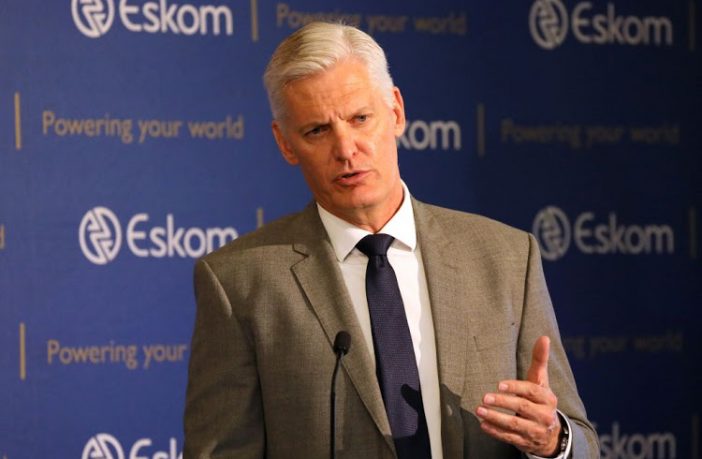- Moody’s Investors Service (Moody’s) has affirmed the outlook for Eskom has changed from negative to positive.
- Moody’s has also affirmed the Ba2 ratings on Eskom’s notes, which benefit from the unconditional and irrevocable guarantee of the Government of South Africa.
- The new rating action follows publication of South Africa’s the Medium Term Budget Policy Statement on 26 October 2022 where finance minister, Enoch Godongwana, announced that the government would take over a significant portion of Eskom’s debt. Read more
While more details, including the selection of relevant debt instruments and the method of effecting the transfer, are still to be determined and will be announced in the 2023 Budget, the debt relief is expected to account for between one-third and two-thirds of Eskom’s current debt. The aim of the debt takeover, together with other reforms, is to ensure that Eskom becomes financially sustainable.
Related news: Eskom shuts down Komati station to make way for renewable energy repurpose
Moody’s explain its rational
The positive outlook recognises the commitment to address Eskom’s unsustainable capital structure. A partial debt transfer to the government will improve the company’s balance sheet and reduce pressure on cash flows through lower interest payments. Nevertheless, details are lacking as to the exact scope of the transaction and there are risks to execution, given Eskom’s complex capital structure.
Furthermore, debt relief cannot of itself address Eskom’s complex and multiple issues that include poor operational performance, the lack of cost-reflective tariffs and rising overdue debt from municipalities. In this regard the government acknowledged that other reforms will be required in the Medium Term Budget Policy Statement, and the sustainability of any debt solution will need to be assessed in this context.
A partial debt transfer will be complex, in Moody’s view, requiring careful management given the diverse creditor base and varying provisions across the debt documentation. Eskom’s capital structure includes a mix of domestic and international bonds, commercial bank loans, and borrowings from development financing institutions (DFIs) and export credit agencies (ECAs). Close to 75% of Eskom’s outstanding debt is guaranteed by the Government of South Africa. Under the majority of Eskom’s debt agreements, a transfer of debt to a new borrower would require creditors’ consent. In the case of international bonds, any modifications to the notes to allow substitution would require a consent from noteholders representing not less than 75% of the nominal amount of the notes outstanding. More generally, the terms of the debt agreements may need to be fundamentally changed, if the government were to become a borrower, given that different representations, warranties and obligations may be required in this context. Therefore, further clarity on the details of any debt relief solution will be key for creditors.
On a fundamental basis, a partial debt transfer will bring an immediate improvement to Eskom’s balance sheet. However, evolution of the company’s credit quality will depend on, amongst other things, (1) the amount of debt transferred, (2) Eskom’s operational performance, (3) the company’s ability to recover costs through tariffs, and (4) any solutions around rising overdue debt from municipalities. In particular, Moody’s considers that a modest debt reduction, absent tariffs that would allow Eskom to recover costs, an improvement in operational performance and collection of receivables, may not result in a sustainable transformation of Eskom’s credit quality as the company will likely grow its debt over time back to unsustainable levels. However, a material reduction in debt would result in a significant strengthening of Eskom’s credit quality on a standalone basis, if accompanied by structural reforms to address challenges affecting performance. Such reforms will be, however, difficult to implement and may need to consider the broader context for the company’s operations in South Africa.
Moody’s notes that since 2019 Eskom has received government equity injections of ZAR140 billion. While these equity injections have been a primary driver behind a reduction in the company’s debt from its peak of ZAR484 billion, they have not been able to sustainably transform Eskom’s financial profile. The government support has further come through the provision of guarantees under the Guarantee Framework Agreement of ZAR350 billion, which, on its current terms, is available until 31 March 2023, albeit that date could be extended.
Author: Bryan Groenendaal
Source: Moody’s











